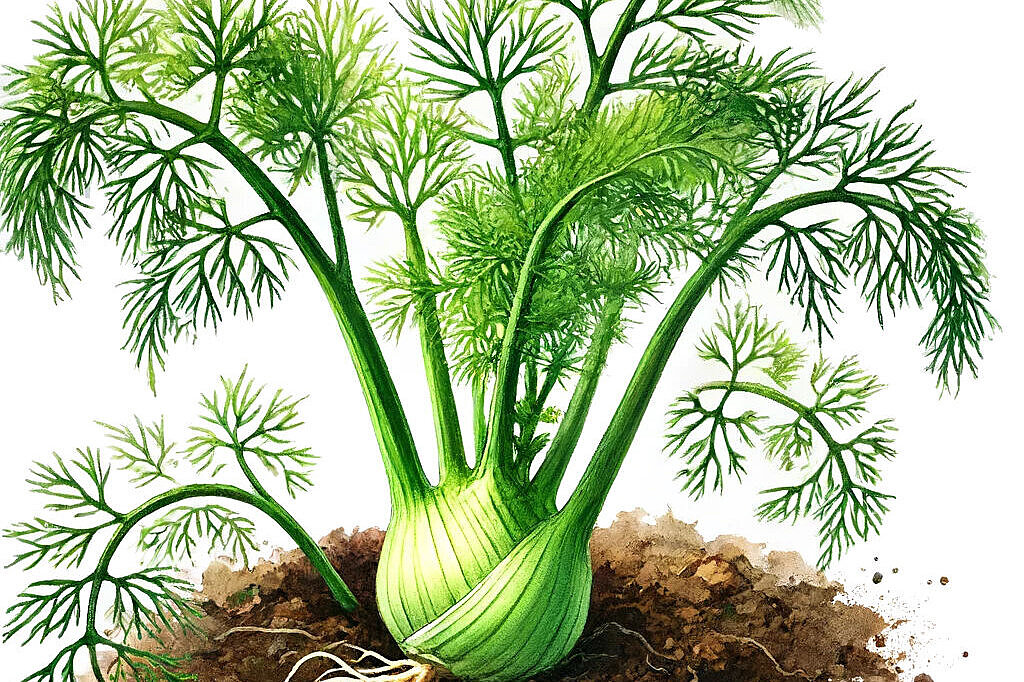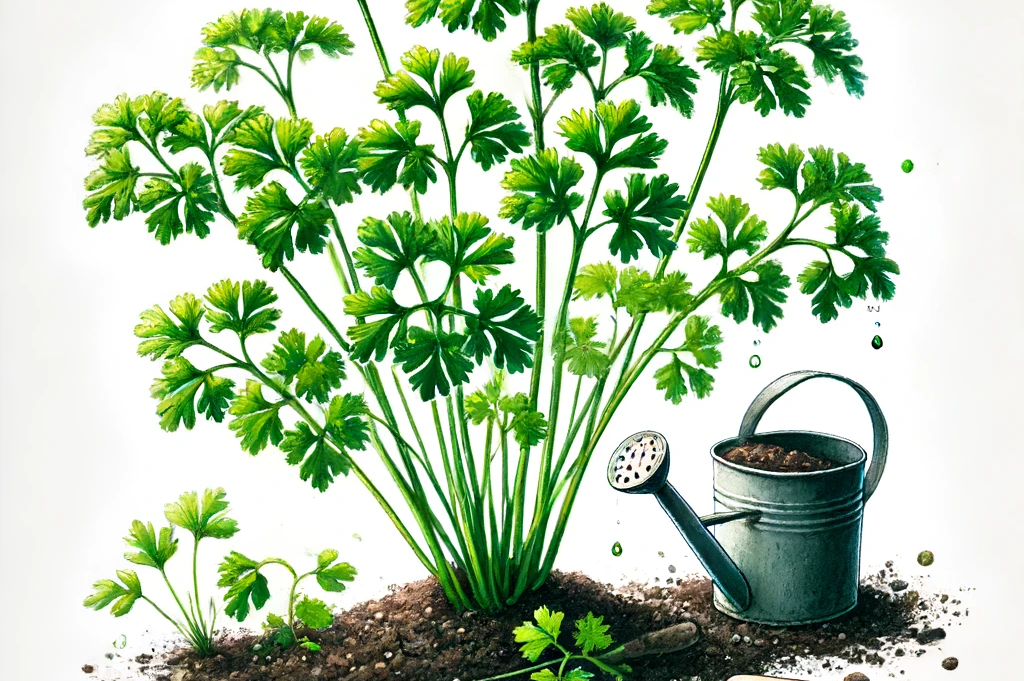Tarragon

What is tarragon and how is it used?
Tarragon is a perennial plant that can grow up to one meter high. It has narrow, elongated leaves and small yellow flowers. There are various types of tarragon, which differ in taste and growth. The best known are French, Russian and Mexican tarragon.
French tarragon has the strongest aroma and is most commonly used in cooking. However, it is also the most sensitive to cold and drought and must therefore be protected in winter. Russian tarragon is more robust and grows faster, but has a weaker flavor. It is better suited as an ornamental plant or as a food plant for animals. Mexican tarragon has a sweet taste and is resistant to heat and drought. It is often used as a tea or spice.
Tarragon can be used fresh or dried. Fresh tarragon should be used as soon as possible as it wilts quickly. Dried tarragon should be stored in a cool, dark place so that it retains its aroma. Tarragon can also be processed into vinegar, oil or mustard.
What are the benefits of tarragon for my dog?
Tarragon has a number of benefits for your dog's health due to its ingredients. Among other things, tarragon contains essential oils, flavonoids, tannins, vitamin C and minerals such as iron, potassium and magnesium.
- Tarragon has an antibacterial, anti-inflammatory and antispasmodic effect. It can therefore help with gastrointestinal complaints such as flatulence, diarrhea or nausea. It also stimulates the appetite and aids digestion.
- Tarragon also has a calming effect on the nervous system. It can therefore help with stress, anxiety or sleep disorders. It also relieves pain caused by arthritis or rheumatism.
- Tarragon also has an antioxidant effect and strengthens the immune system. It can therefore protect against infections and accelerate wound healing.
How do you give your dog tarragon?
If you want to give your dog tarragon, you should keep a few things in mind. Firstly, you should only use fresh or dried tarragon that is free from pesticides and molds. Avoid vinegar, oil or mustard with tarragon, as these can be too acidic or spicy for your dog.
You should also only feed small amounts of tarragon, as too much can lead to side effects. Too much tarragon can irritate the mouth or stomach or affect blood clotting. Tarragon can also strengthen or weaken the effect of medication.
The recommended dose of tarragon for dogs is approximately one teaspoon per 10 kg of body weight per day. Tarragon can be given directly into the mouth or mixed into the food. You can also make a tea from tarragon and give it to your dog lukewarm.
What are the disadvantages of tarragon for your dog?
Tarragon is not suitable for all dogs. There are some cases in which you should not give your dog tarragon:
- Allergies: some dogs can have an allergic reaction to tarragon. This can manifest as a skin rash, itching, swelling or breathing difficulties. If you notice such symptoms in your dog, you should consult a vet immediately.
- Pregnancy: Tarragon can induce labor and should therefore not be fed to pregnant bitches.
- Blood clotting: Tarragon can affect blood clotting and should therefore not be fed to dogs with a bleeding tendency or before operations.
- Medication: Tarragon can strengthen or weaken the effect of some medications. These include, for example, anticoagulants, thyroid medication or antidiabetics.
- Tarragon is a perennial plant with different species such as French, Russian and Mexican tarragon.
- French tarragon is used in cooking, while Russian tarragon is better suited as an ornamental plant and Mexican tarragon is used as a tea or spice.
- Tarragon has health benefits for dogs, including antibacterial, anti-inflammatory, appetite stimulating and calming properties.
- Tarragon should be given in small amounts and only fresh or dried, without pesticides or molds.
- There are some disadvantages of tarragon for dogs, including possible allergies, inducing labor in pregnant bitches, affecting blood clotting and interactions with certain medications. Caution is advised.
If you notice any signs of hypersensitivity or poisoning in your dog, you should see your vet immediately. We are not a substitute for a vet, but we try to be as accurate as possible. Every dog reacts differently and we recommend you get a second opinion or consult your vet if in doubt.
Stay healthy and take good care of your four-legged friend!😊
Similar to Tarragon
Dill is a spice plant from the Apiaceae family. It is known for its fine, fern-like leaves and fine seeds, which are often used in cooking. Dill originates from southwest Asia, but is now cultivated...
Fennel consists of three parts: the bulbous fennel, the fennel green and the fennel seeds. The bulbous fennel is the thickest part of the plant, which looks like a bulb and has a sweet taste. The...
Chervil is an annual plant that can grow up to 60 cm high. It has feathery leaves and white flowers that form small seeds. Chervil originates from south-eastern Europe and western Asia, but is now...
Parsley is a plant from the umbellifer family, which also includes carrots, celery and fennel. It has green, curly or smooth leaves with an aromatic scent. Parsley originates from the Mediterranean...



